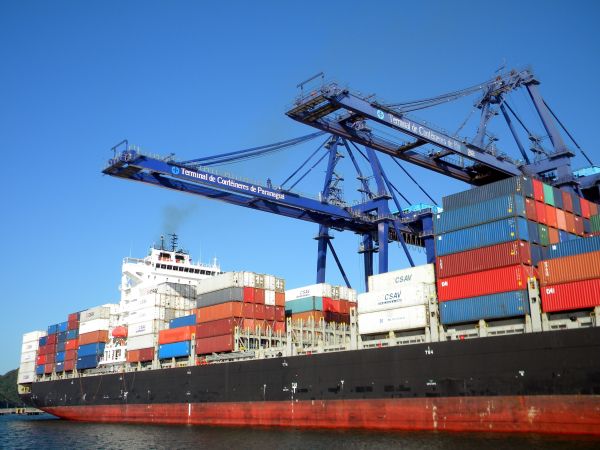Full Container Load (FCL) Shipping
Shipping Method:
For those with larger shipments, FCL is an ideal option. This means you are renting an entire 20FT or 40FT container for your goods. Shipping FCL is generally faster and more secure, as your cargo will not be mixed with others’ shipments, reducing the risk of damage or delays.
Port-to-Port Shipping:
The cargo will be shipped under a CIF (Cost, Insurance, Freight) agreement. This means the seller is responsible for the cost of the goods, the shipping fee, and insurance to cover any potential loss or damage during transport. The ocean journey from China to Odessa (Yuzhny) Port typically takes around 35 days.
Container Options:
- 20FT Container: Ideal for smaller shipments that don’t fill a 40FT container. It can hold around 20-24 cubic meters of cargo.
- 40FT Container: This is more suitable for larger shipments, providing approximately 40-48 cubic meters of space.
The microphones will be carefully packed and secured within the container, with specialized materials used to minimize risk during transit.

Less Than Container Load (LCL) Shipping
Shipping Method:
For smaller shipments, LCL is the most economical choice. LCL allows you to share container space with other shippers’ goods. While it’s cheaper, LCL can be less secure due to the shared space, and there may be slightly longer transit times because of additional handling and loading processes.
Port-to-Port Shipping:
Like FCL, LCL shipments from Guangzhou or Shenzhen to Odessa (Yuzhny) Port also operate under CIF terms. The shipment will take about 35 days by sea, depending on any delays or port congestion.
Handling and Packaging for LCL:
Given that LCL shipments are consolidated with other goods, it’s
Packaging for Microphones
1. Individual Packaging:
Each microphone should be placed in its own protective packaging. Use custom-fitted foam inserts, bubble wrap, or other cushioning materials to ensure the microphone is fully protected from vibrations, shocks, and moisture during transit.
2. Box/Crate Packaging:
Once individually packed, the microphones should be placed in sturdy boxes or wooden crates. These outer boxes should be strong enough to withstand stacking and handling at the ports. Additionally, the boxes should be sealed with heavy-duty tape and labeled with the necessary shipping information.
3. Moisture Protection:
Microphones are sensitive to moisture. Packaging materials like desiccant packs can be placed inside the boxes to absorb any moisture that may be present during transit. Consider sealing the boxes in plastic or moisture-resistant packaging to further protect the microphones from environmental damage.
4. Palletizing:
For FCL shipments, it is common to palletize the goods to ensure easy handling and secure loading inside the container. Pallets are often wrapped in stretch film to keep the boxes tightly packed and prevent shifting during transport.



